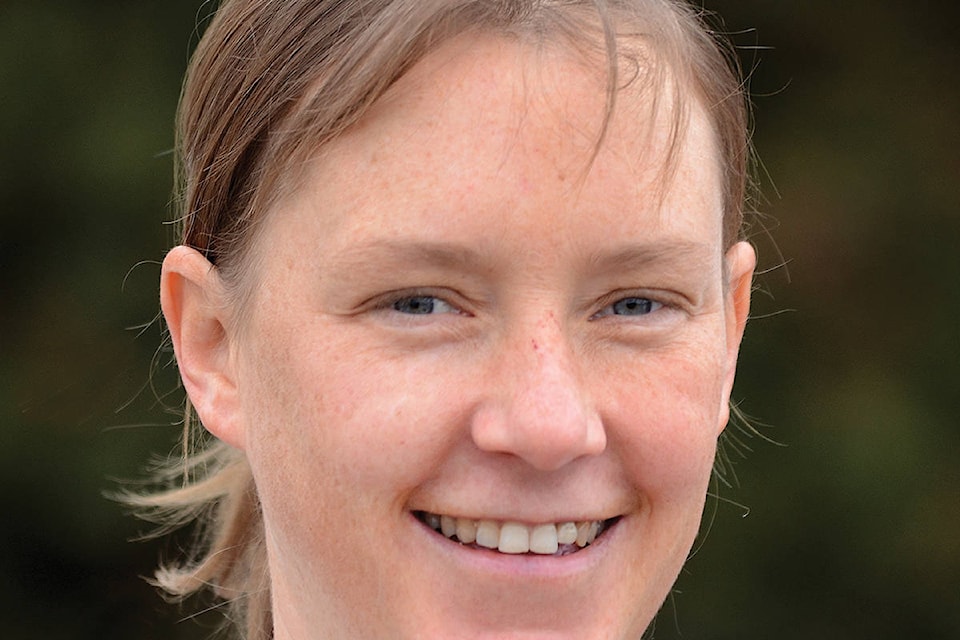Ten thousand pounds. That is the amount of food waste that was collected at the IPE this year to be turned into compost at Spa Hills Farm. This year, our school district is jumping on board, trying to minimize the garbage it produces. Every classroom will have a compost bucket to collect all biodegradable materials including food scraps, napkins and paper towels. As a parent, what you can look forward to not having to clean out half-eaten bananas and other soft fruits that have been mashed into your child’s lunch kit.
On top of composting, classrooms will also have recycling bins that can collect aluminum, paper and rinsed out #1-7 plastics. Unfortunately zip lock bags, saran wrap, and the foil or plastic wrappers around most convenience lunch items (granola bars, cheese strings…) cannot be composted or recycled. They remain garbage. So this year, when packing lunches, consider these more eco (and healthy) alternatives:
Instead of fruit snacks or gummies: dried fruit or fresh fruit
Cheese strings: slices/cubes of cheese
Granola bars: home-baked cookies or granola bars
Yogurt tubes: yogurt in reusable container (note: yogurt cups are recyclable if rinsed out)
Saran/ziplock bags: wax paper, parchment, and corn-based plastic bags are compostable
Juice boxes: reusable water bottle
Goldfish/cracker foil bags: crackers in reusable containers
Other creative packaging options: Corn husks, paper towels, brown paper, 100 per cent cotton.
As a parent, it is appealing to buy conveniently packaged foods that we don’t have to prepare ourselves. But I’m going to let you in on a little secret: most ready-to-eat foods that are wrapped in plastic or foil are not very healthy for your child or the environment. One good option is to avoid buying those foods and train your children to make their own lunches with what is available in your cupboards. Or challenge them to try a new recipe baking their own lunch treats!
If we can prevent 10,000 pounds of food waste from going to the landfill in a single event, imagine what we can do as a school district over the whole year!
-Serena Caner is a registered dietitian with Interior Health.
